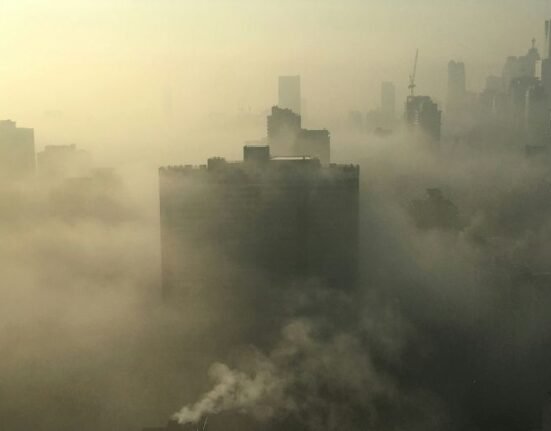HQ Team
November 5, 2022: A study undertaken by the National Environment Agency’s Environmental Health Institute and the Clean Environment Group at Duke-NUS Medical School, found a correlation between out-of-hospital cardiac arrests (OHCA) and the levels of tiny air pollution particles measuring PM2.5 (25 times smaller than the width of a human hair.) in the environment.
This PM2.5 category of particulate matter is known from previous research to significantly increase the risk of cardiovascular, respiratory, and even ocular diseases.
“We have produced clear evidence of a short-term association of PM2.5 with out-of-hospital cardiac arrest, which is a catastrophic event that often results in sudden death,” says Joel Aik, lead investigator of the study and adjunct assistant professor from Duke-NUS’ Pre-Hospital & Emergency Research Centre (PERC).
OCHA and particulate levels
This study collected data from the Pan-Asian Resuscitation Outcomes Study (PAROS) on all cases of OHCA in Singapore between July 1, 2010, and December 31, 2018. The team also collected daily air pollutant levels in the air during this same period.
The researchers identified 492 out of 18,131 OHCA events that could be attributed to an increase in PM2.5 concentrations on or around the day of the occurrence of the cardiac event. The study also found a reduction in the risk of OHCA three to five days after exposure to the pollutants. This clearly suggests that air pollutants have a short-term risk.
The average PM2.5 concentration during the study period was 18.44 micrograms per cubic meter, and a decrease of just one microgram resulted in an 8% reduction in the number of OHCA events, while a decrease of three micrograms brought a 30% reduction.
“These results make it clear that efforts to reduce the levels of air pollution particles in the 2.5 micrograms or lower range, and steps to protect against exposure to these particles, could play a part in reducing sudden cardiac arrests in Singapore’s population, while also reducing the burden on health services,” says Aik, who is also an environmental epidemiologist with the NEA.
Lessons for cities
This study is very relevant for all the cities suffering from air pollution. Haze and wildfires, can also lead to sudden and dramatic increases in PM2.5 particles.
“This study provides strong evidence for the impact of air quality on health and should stimulate policy and ground efforts to manage emissions from key sources that can lead to PM2.5 increases and prevent potential harm to public health,” says Marcus Ong, director of the Health Services & Systems Research Programme and PERC at Duke-NUS and chairman of PAROS. “New policy interventions, such as phasing out internal combustion engine vehicles, can help to reduce the dangers.”
Health experts suggest wearing high-efficiency air filtration masks during periods when the PM2.5 levels are elevated.
The findings are published in The Lancet Public Health. The Original Study can be read here.







